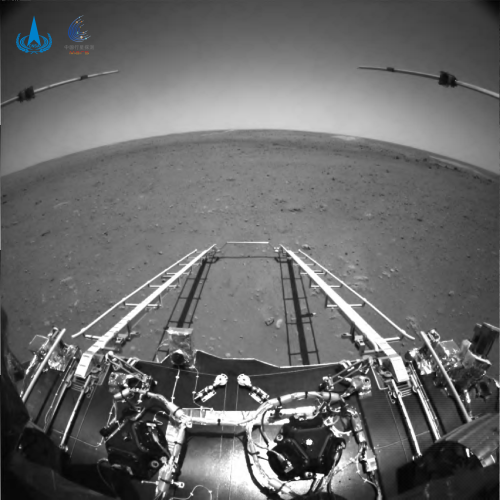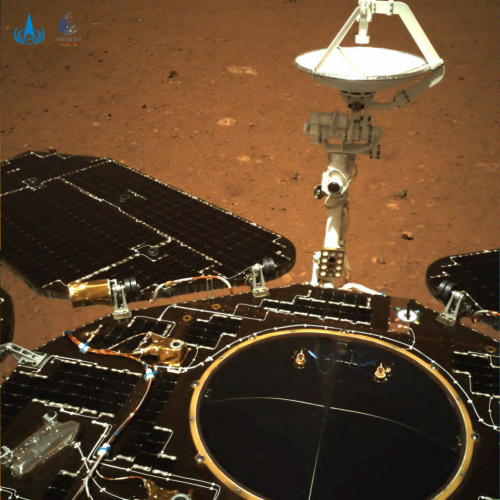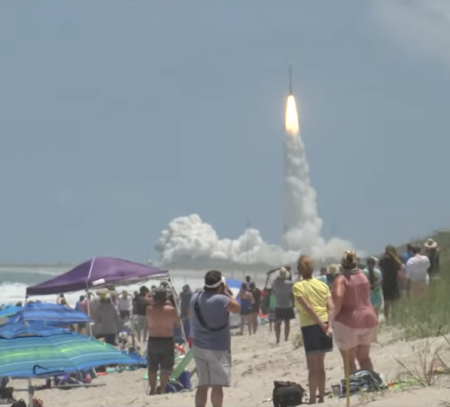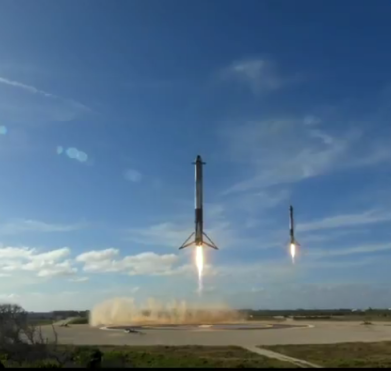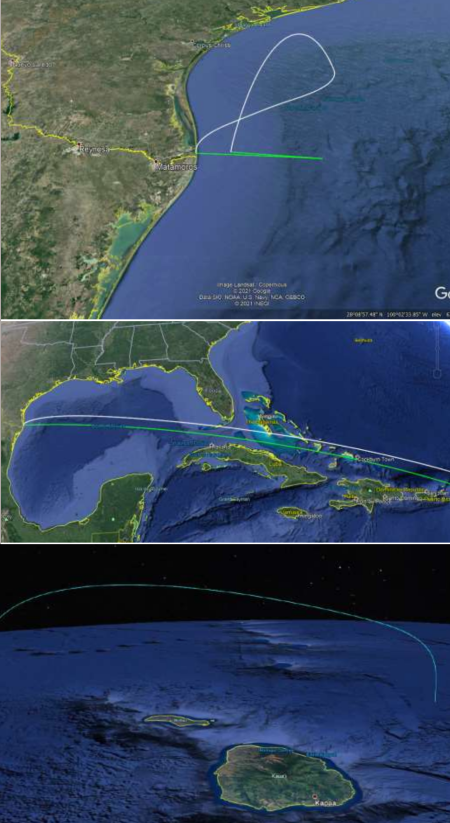Delays force ULA to replace Vulcan rocket with Atlas 5 on military launch
Because the development of ULA’s new Vulcan rocket is behind schedule, the Space Force has agreed to allow the company to replace it with an Atlas 5 rocket on a ’22 launch.
That mission, known as USSF-51, was awarded to ULA in August 2020 and is scheduled to launch in late 2022. The company had bid its newly developed Vulcan to fly that mission but the vehicle is not going to be ready on time. As a result, the Space Force agreed to allow ULA to launch USSF-51 on the company’s legacy vehicle the Atlas 5.
…Switching vehicles financially penalizes ULA. According to the company, the Atlas 5 is more expensive than Vulcan. Phase 2 provisions allow ULA to change vehicles but at no cost penalty to the government.
This story however is important because of what it tells us about the state of Blue Origin’s BE-4 rocket engine, required by both Vulcan and Blue Origin’s New Glenn rocket.
At this moment ULA is saying that the first launch of Vulcan is still scheduled for late this year, launching Astrobotic’s Peregrine lander to the Moon. However, for that launch to happen the rocket requires working BE-4 rocket engines for its first stage. In January Blue Origin announced it had finally completed a full throttle test of that engine after problems lasting several years, and would soon be delivering flight-worthy engines to ULA.
It is now late May, and the article at the link revealed this very significant and somewhat shocking detail buried in the text:
Blue Origin in 2020 delivered pathfinder engines for ground tests but has yet to provide a flight-qualified engine for Vulcan’s first flight. A spokeswoman for Blue Origin said May 20 the company is “on track to deliver BE-4 engines this year.” [emphasis mine]
It seems completely impossible for ULA to launch that lunar lander on Vulcan this year if it does not yet have any flight-worthy engines on hand to incorporate and test in the rocket. Worse, it appears that Blue Origin might not deliver those engines for months yet.
This story thus suggests that we will not see launches of either ULA’s new Vulcan rocket or Blue Origin’s New Glenn rocket for a considerable time.
Because the development of ULA’s new Vulcan rocket is behind schedule, the Space Force has agreed to allow the company to replace it with an Atlas 5 rocket on a ’22 launch.
That mission, known as USSF-51, was awarded to ULA in August 2020 and is scheduled to launch in late 2022. The company had bid its newly developed Vulcan to fly that mission but the vehicle is not going to be ready on time. As a result, the Space Force agreed to allow ULA to launch USSF-51 on the company’s legacy vehicle the Atlas 5.
…Switching vehicles financially penalizes ULA. According to the company, the Atlas 5 is more expensive than Vulcan. Phase 2 provisions allow ULA to change vehicles but at no cost penalty to the government.
This story however is important because of what it tells us about the state of Blue Origin’s BE-4 rocket engine, required by both Vulcan and Blue Origin’s New Glenn rocket.
At this moment ULA is saying that the first launch of Vulcan is still scheduled for late this year, launching Astrobotic’s Peregrine lander to the Moon. However, for that launch to happen the rocket requires working BE-4 rocket engines for its first stage. In January Blue Origin announced it had finally completed a full throttle test of that engine after problems lasting several years, and would soon be delivering flight-worthy engines to ULA.
It is now late May, and the article at the link revealed this very significant and somewhat shocking detail buried in the text:
Blue Origin in 2020 delivered pathfinder engines for ground tests but has yet to provide a flight-qualified engine for Vulcan’s first flight. A spokeswoman for Blue Origin said May 20 the company is “on track to deliver BE-4 engines this year.” [emphasis mine]
It seems completely impossible for ULA to launch that lunar lander on Vulcan this year if it does not yet have any flight-worthy engines on hand to incorporate and test in the rocket. Worse, it appears that Blue Origin might not deliver those engines for months yet.
This story thus suggests that we will not see launches of either ULA’s new Vulcan rocket or Blue Origin’s New Glenn rocket for a considerable time.

